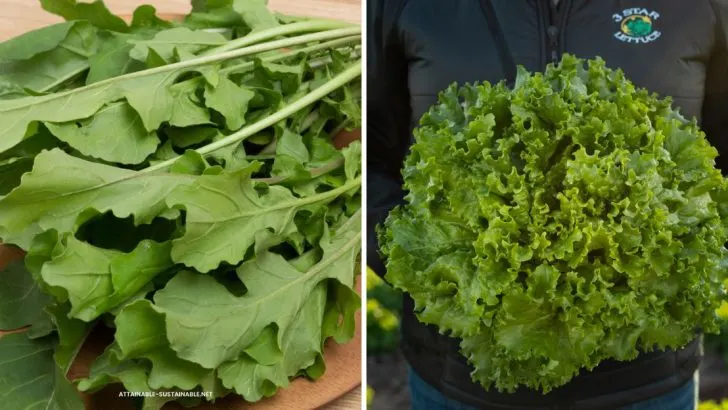Gardening in the summer can feel like a guessing game, especially when your yard doesn’t get full sun all day. If you’ve got trees, fences, or a building nearby, chances are you’re dealing with some shaded spots—and that’s not a bad thing. Some vegetables actually prefer a break from the heat and do better with just a few hours of direct sunlight.
This list sorts out which summer veggies can handle those lower-light areas and which really need that all-day sun to grow well. Knowing the difference saves time, energy, and a lot of frustration. It’s all about giving your plants the conditions they like best, not forcing them into ones that don’t suit them.
Arugula
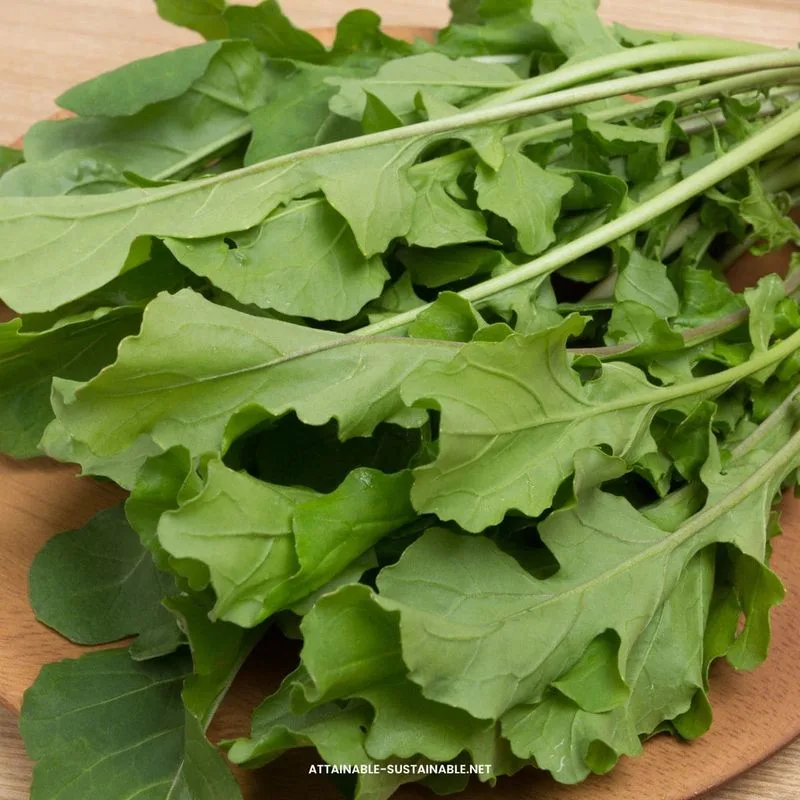
Arugula is a zesty addition to summer salads, thriving in cooler, shaded environments. The peppery leaves add a unique bite to dishes and grow quickly, ensuring a continuous harvest. This leafy green prefers partial shade, preventing its tender leaves from becoming too spicy in the heat.
With its rapid growth rate, arugula is perfect for gardeners looking to enjoy fresh produce without a full sun commitment. Its resilience makes it a favorite among those in temperate regions, where it can grow abundantly. Try pairing it with tomatoes for a refreshing summer salad.
Lettuce
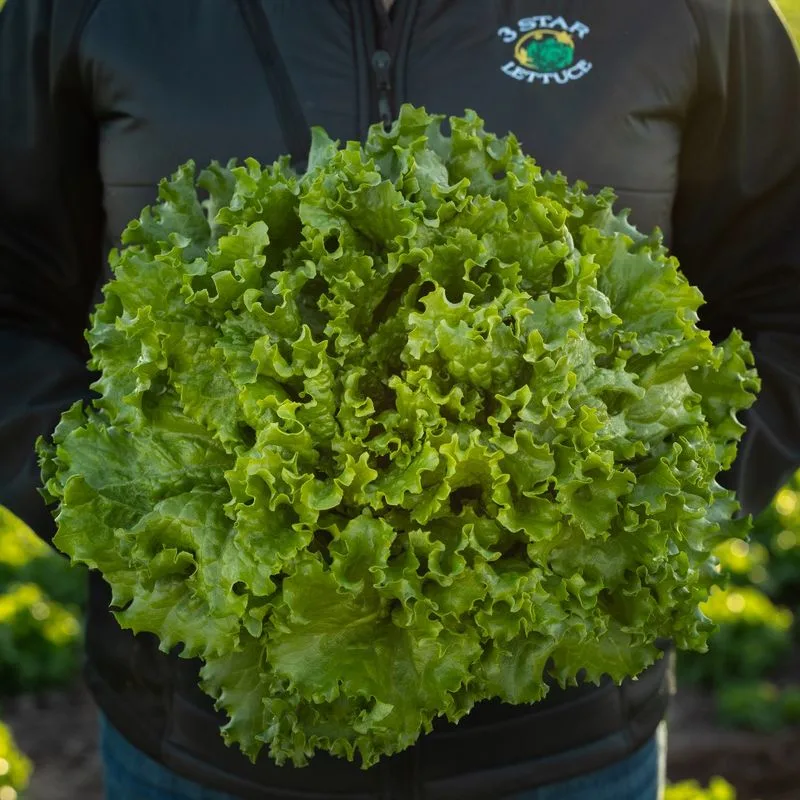
Lettuce, a staple in many gardens, thrives in partial shade, producing crisp, refreshing leaves all summer long. The cooler conditions of shaded gardens prevent bolting and maintain the sweet flavor that lettuce is loved for.
Gardeners appreciate lettuce for its versatility and ease of growth. It requires minimal care and can be harvested repeatedly, offering a steady supply of salad greens. Whether it’s romaine or butterhead, lettuce adapts well to varying conditions, making it an ideal choice for shaded areas.
Spinach
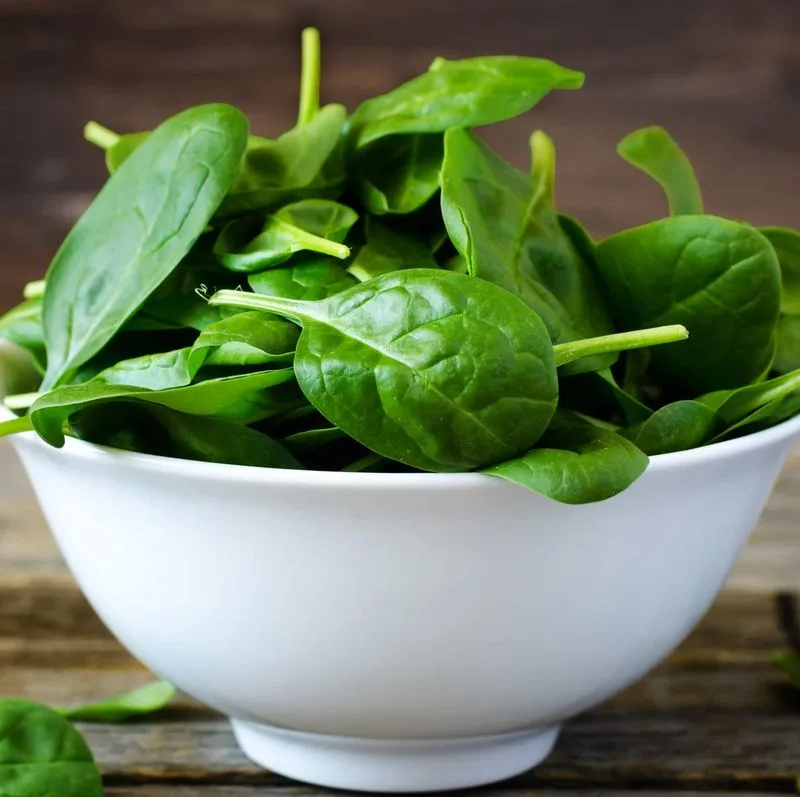
Spinach is a nutritional powerhouse that flourishes in partial shade, offering a rich source of vitamins even in cooler, less sunny spots. Its tender leaves are perfect for salads, stir-fries, and smoothies, providing versatility in the kitchen.
Growing spinach in shaded areas helps maintain its tenderness and prevents premature bolting. This adaptability makes it a favorite among gardeners who wish to extend their growing season. Spinach’s quick growth and nutrient profile make it an excellent addition to any garden.
Swiss Chard
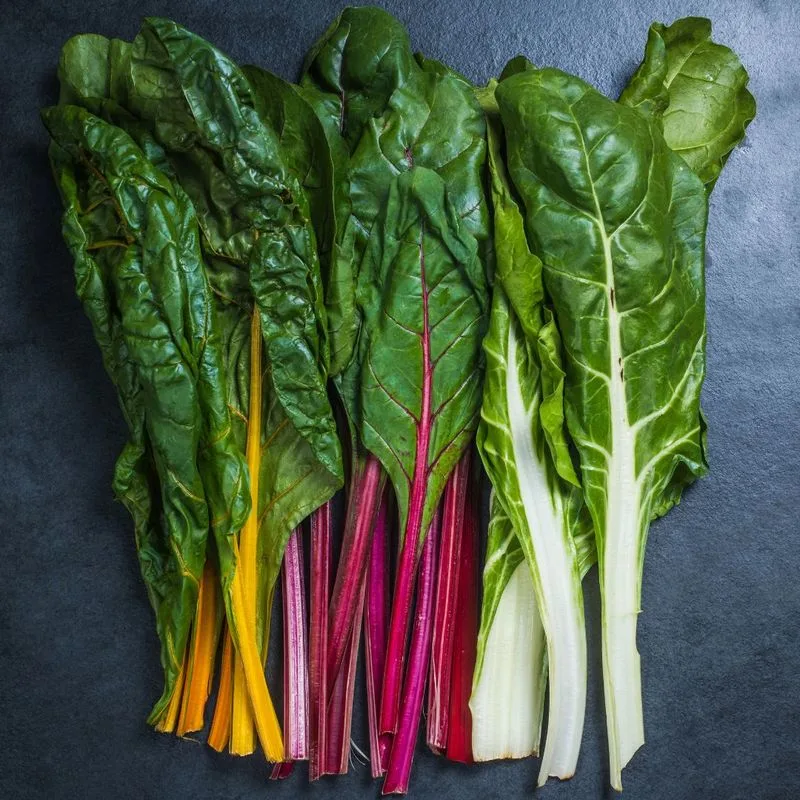
Swiss chard stands out with its vibrant stalks and lush green leaves, thriving in partial shade. Its colorful appearance adds a visual appeal to gardens, while its hearty leaves provide nutritional benefits.
Chard’s ability to grow in various conditions makes it a reliable crop for gardeners facing inconsistent sunlight. Its resilience and ease of care ensure a plentiful harvest throughout the summer. Whether used in soups or sautéed, Swiss chard offers both beauty and taste, enriching any meal.
Kale
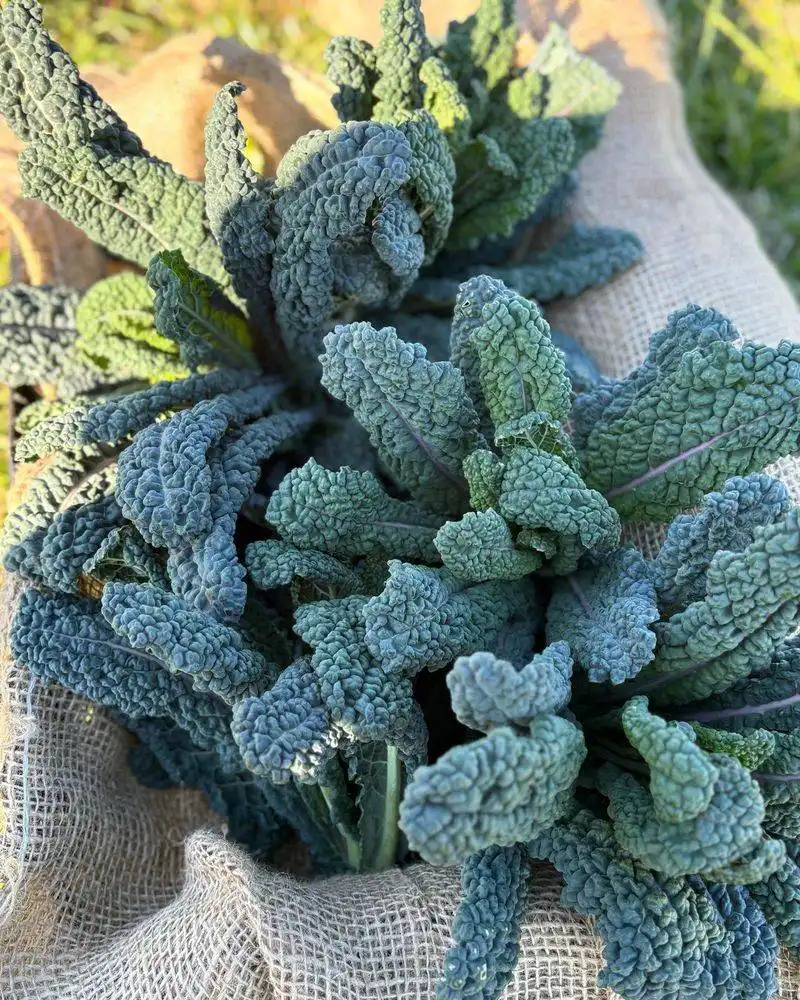
Known for its robust health benefits, kale grows well in partial shade, producing nutrient-rich leaves. Its ability to withstand cooler temperatures without losing flavor makes it a preferred choice for many gardeners.
The variety of kale, from curly to Tuscan, provides options for diverse culinary applications. Kale’s hearty nature and adaptability to shaded environments make it a staple in gardens, promising a healthy addition to meals. Enjoy kale in salads, soups, or smoothies for a boost of nutrients.
Broccoli
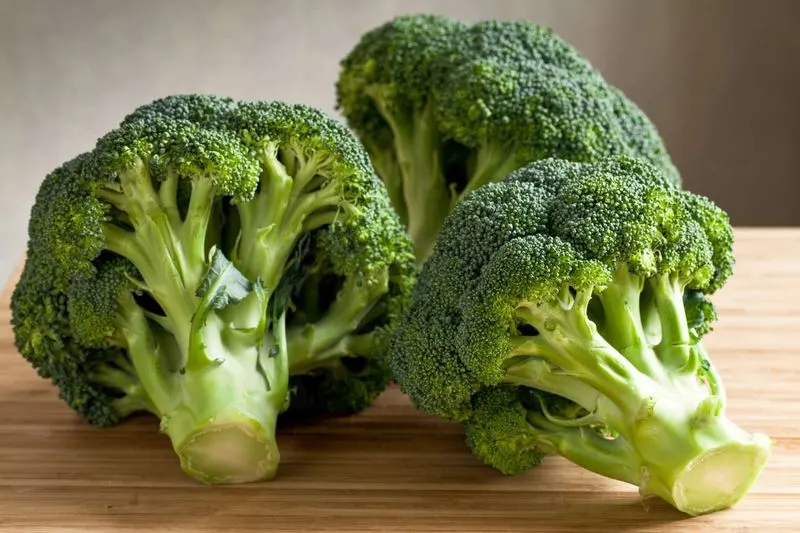
Broccoli enjoys the moderate conditions of partial shade, allowing it to develop sweet, tender florets. This cruciferous vegetable is not only delicious but also packed with vitamins, making it a popular choice for health-conscious gardeners.
Planting broccoli in shaded areas helps maintain moisture and prevents the heads from becoming bitter. Its adaptability and nutritional value make broccoli a must-have in any vegetable garden. Use broccoli in stir-fries, steamed, or raw in salads for a healthy meal option.
Cauliflower
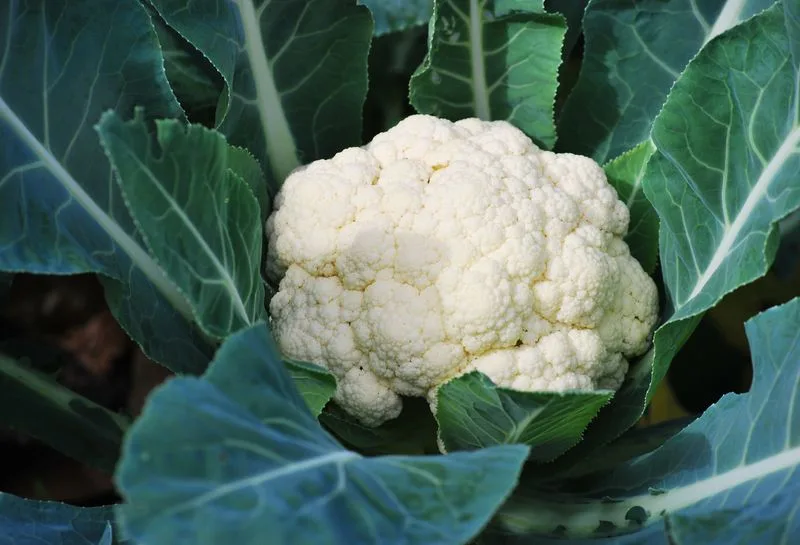
Cauliflower, with its creamy white curds, thrives in partial shade, where it can develop its delicate flavor profile. The cooler, protected environment helps prevent cauliflower from yellowing, ensuring a pristine appearance.
Gardeners favor cauliflower for its versatility, from roasting to mashing. Its growth in partial shade suits those looking to diversify their garden without the need for full sun. Cauliflower’s subtle taste and adaptability make it a kitchen favorite.
Collard Greens
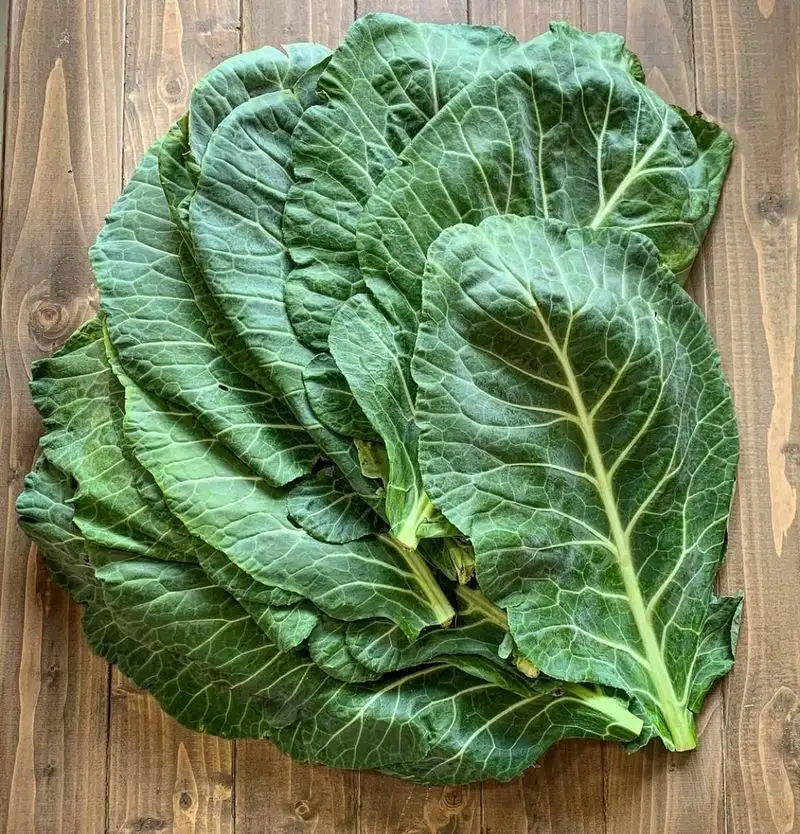
Collard greens, known for their robust texture and flavor, thrive in partially shaded conditions, producing lush, broad leaves. These greens are a staple in Southern cuisine, appreciated for their resilience and nutritional benefits.
The cool shade allows collard greens to maintain their tenderness while developing rich flavors. This adaptability makes them a cherished crop among gardeners aiming for a continuous harvest throughout the summer months. Enjoy collard greens cooked or raw for a taste of Southern comfort.
Beets
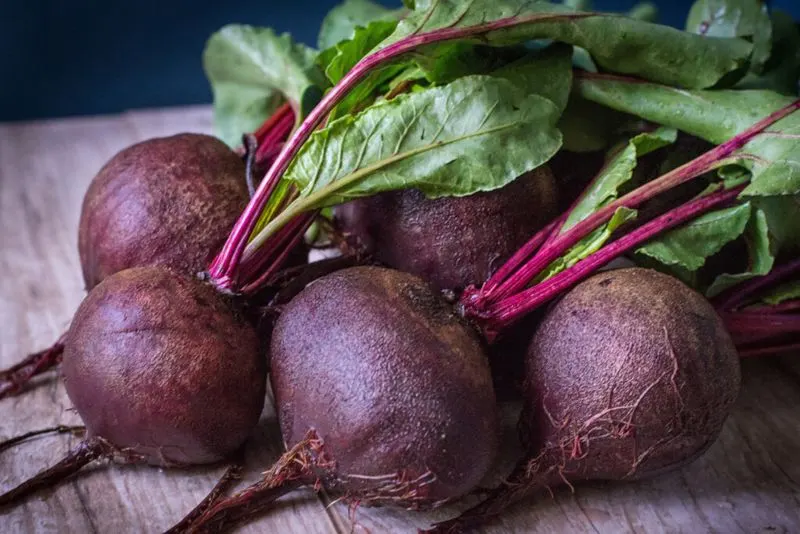
Beets are versatile root vegetables that thrive in partial shade, offering both edible roots and nutritious greens. The shade provides a cooler environment, allowing beets to develop their sweet, earthy flavor without becoming woody.
Growing beets in shaded gardens gives gardeners dual benefits—harvesting both the vibrant roots and leafy tops. These plants are ideal for those seeking a garden addition that provides multiple culinary uses. Beets can be roasted, pickled, or used in salads, providing versatility in the kitchen.
Carrots
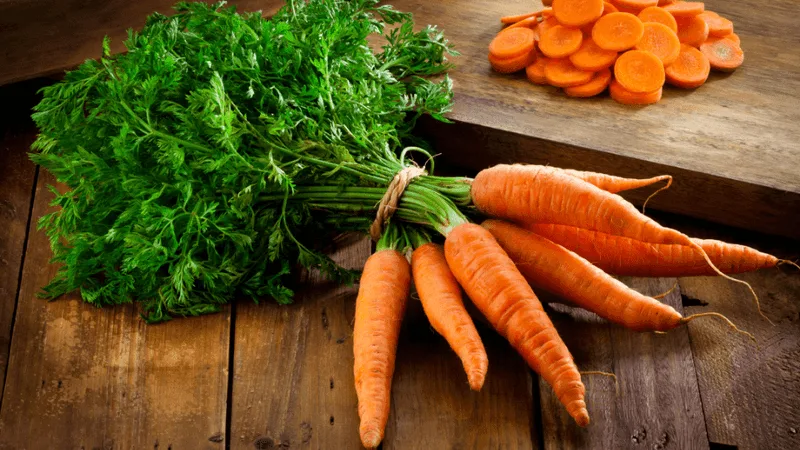
Carrots, known for their sweet crunch, can grow well in partial shade, producing tender roots. While they prefer full sun, they adapt to shaded conditions, making them a versatile choice for gardeners with limited sunlight.
The cooler environment helps carrots maintain their sweetness and prevents them from becoming too fibrous. Carrots are a favorite among home gardeners due to their easy growth and multiple uses, from snacking to soups. Their adaptability ensures a steady supply of this classic root vegetable.
Radishes
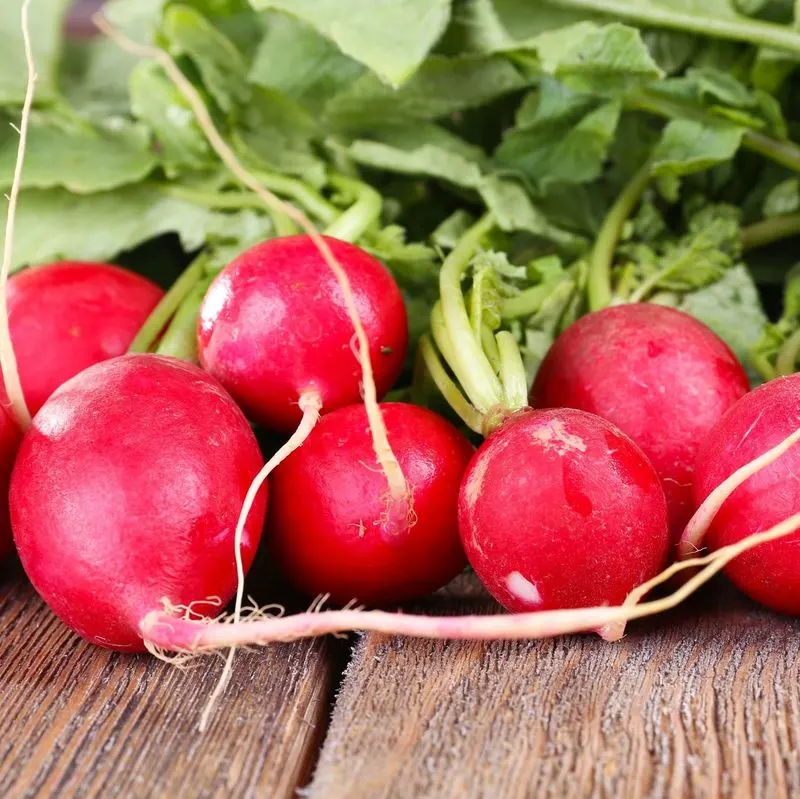
Radishes are quick-growing root vegetables that perform well in partial shade, offering a spicy, crunchy addition to summer dishes. The cooler conditions ensure their bulbs develop crisp and flavorful without becoming overly spicy.
These versatile plants are perfect for gardeners seeking quick results, as they mature rapidly and require minimal care. Radishes can be enjoyed raw in salads or as a garnish, adding a peppery zest to any meal. Their adaptability makes them a favored choice in diverse garden settings.
Tomatoes
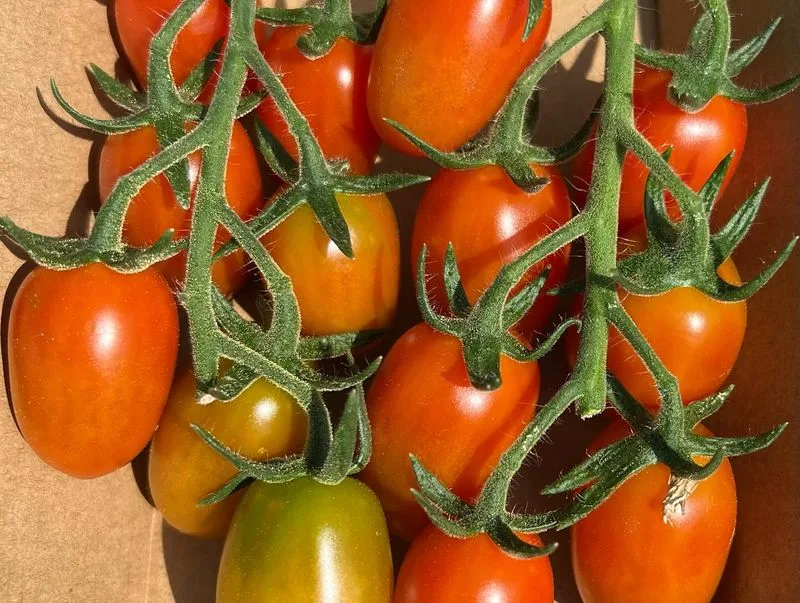
Tomatoes, beloved for their juicy flavor, require full sun to develop their rich taste and vibrant color. These sun-loving plants are a staple in many gardens, known for producing an abundant harvest of versatile fruits.
While tomatoes can grow in less ideal conditions, full sun ensures their sweetness and prevents issues like blossom end rot. From cherry to beefsteak, tomatoes provide endless culinary possibilities, making them a gardener’s favorite. Enjoy them fresh, in sauces, or roasted for a burst of summer flavor.
Peppers

Peppers, whether sweet or hot, thrive under full sun, where they can develop their distinctive flavors and vibrant colors. These versatile plants love the heat, producing an array of fruits that spice up any dish.
Growing peppers requires patience, as they relish in the sun’s warmth to reach their full potential. From bell to jalapeño, peppers add a pop of color and flavor to gardens and kitchens alike. Their sun-loving nature makes them a popular choice for those with sunny garden spots.
Eggplant
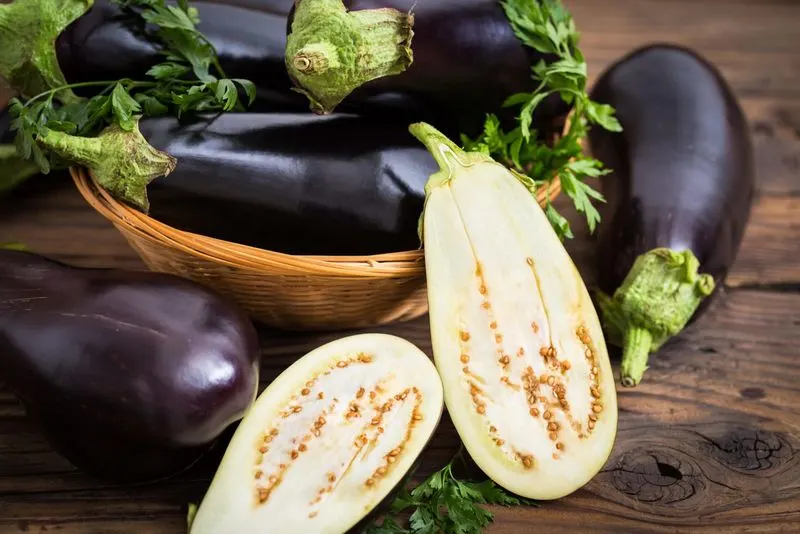
Eggplants are sun-loving vegetables known for their glossy purple fruits and hearty texture. Full sun is essential for eggplants to grow robustly and develop their rich flavor. These plants thrive in warm, sunny conditions, making them a summer staple.
Eggplants offer a unique taste and can be grilled, roasted, or used in stews, providing versatility in cooking. Their love for sun and heat makes them a preferred choice for gardeners looking to expand their vegetable repertoire with something bold and flavorful.
Cucumbers

Cucumbers, crisp and refreshing, require full sun to flourish, producing long, green fruits ideal for summer hydration. These vining plants thrive in warm, sunny environments, ensuring a plentiful harvest for fresh eating or pickling.
Full sun promotes healthy growth and flavor development in cucumbers, making them a must-have for any sun-drenched garden. Their versatility in culinary uses, from salads to sandwiches, highlights their popularity among gardeners and chefs. Cucumbers bring a taste of summer to any dish.
Zucchini
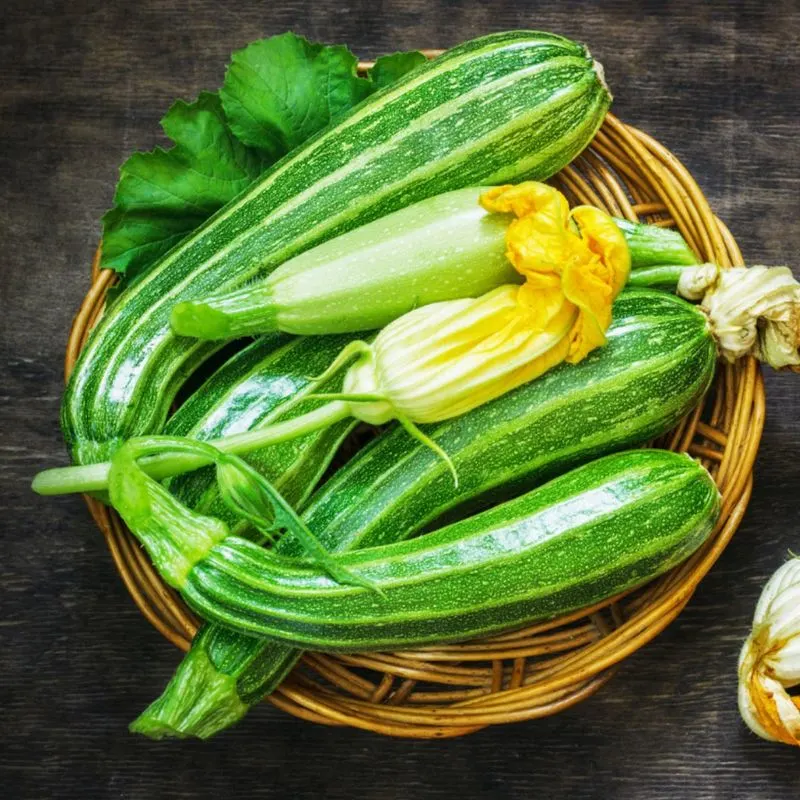
Zucchini, a prolific producer in full sun conditions, grows rapidly, yielding an abundance of tender, green fruits. These plants love the warmth, spreading quickly to fill garden spaces with their lush foliage.
The sun encourages zucchini to develop its mild, slightly sweet flavor, making it a versatile addition to summer meals. From grilling to baking, zucchini’s culinary applications are endless, providing gardeners with a constant supply of this adaptable vegetable. Its rapid growth makes it a favorite for sunny gardens.
Corn

Corn, a classic summer crop, demands full sun to reach its towering height and develop sweet kernels. This sun-loving plant is a staple for many gardeners, offering a taste of summer with each bite.
Growing corn requires space and dedication, but the reward is a harvest of golden, juicy cobs. Full sun ensures proper growth and flavor, making corn a favorite for barbecues and family gatherings. Whether eaten on the cob or used in casseroles, corn’s sweet, tender kernels are a summer delight.
Okra
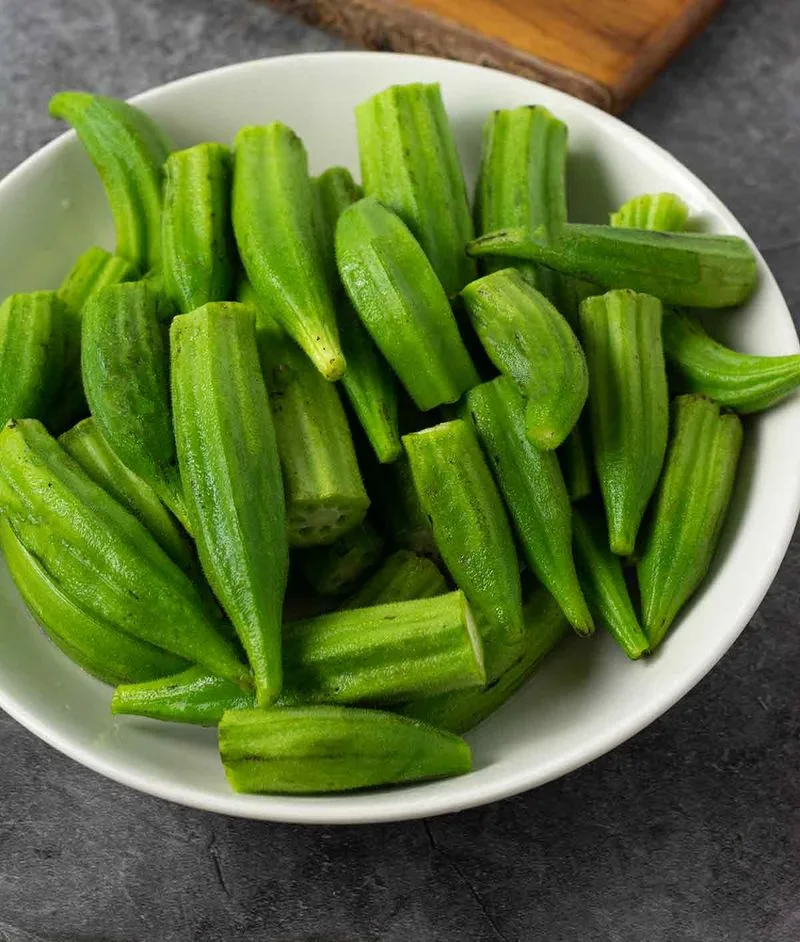
Okra, known for its unique texture and flavor, thrives in full sun, where it can reach its full potential. This heat-loving plant produces long, ridged pods used in various cuisines, particularly in Southern cooking.
The sun’s warmth encourages okra to grow vigorously, ensuring a steady yield throughout the summer. Its distinctive taste and versatility make it a cherished addition to many gardens. Enjoy okra fried, in gumbo, or pickled for a Southern twist on classic dishes.
Melons
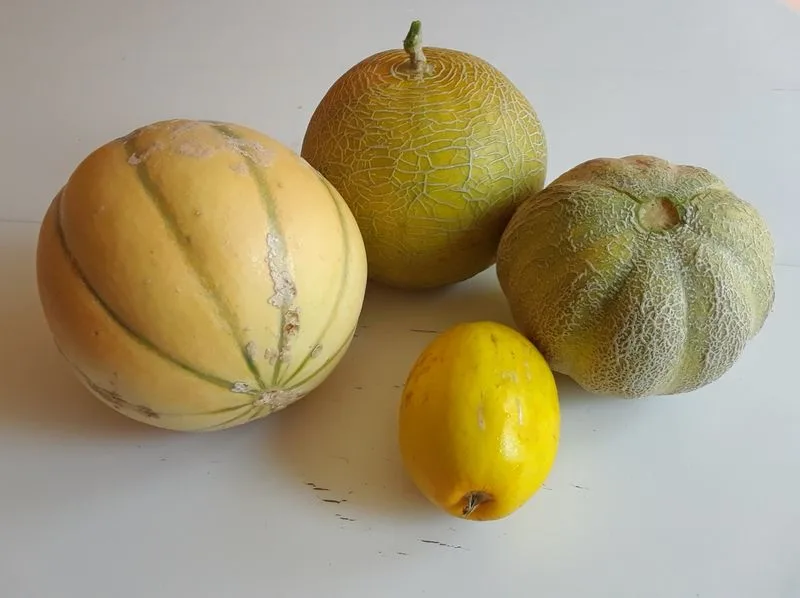
Melons, sweet and juicy, need full sun to develop their refreshing flavor and succulent flesh. These sprawling plants thrive in the heat, providing a taste of summer with every bite.
Watermelons, cantaloupes, and honeydews require sunny conditions to mature fully, offering a delightful treat on hot days. Planting melons in full sun ensures their sweetness and juicy texture, making them a garden staple for many fruit lovers. Their versatility in fresh eating or as a dessert option makes them a summertime favorite.
Pumpkins
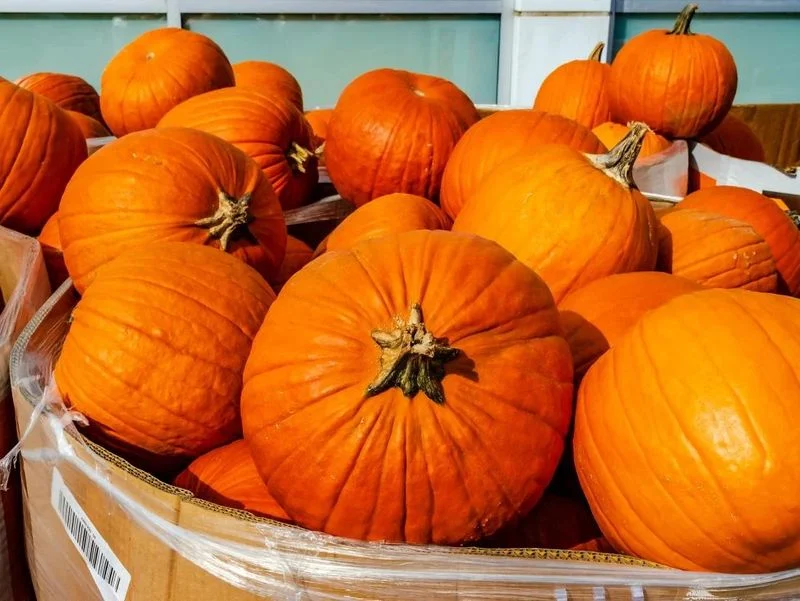
Pumpkins, synonymous with autumn, require full sun during the summer to grow their iconic orange fruits. These sprawling plants love the heat, developing large leaves and vines that support their hefty pumpkins.
Growing pumpkins demands patience and space, but the payoff is a garden filled with vibrant, festive fruits. Full sun ensures their rich color and sturdy growth, providing a centerpiece for fall decorations and pumpkin pie alike. Their presence in the garden signals the changing seasons and the bounty of harvest.

